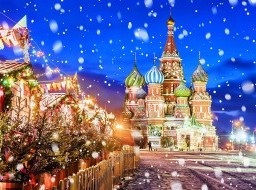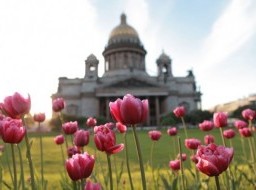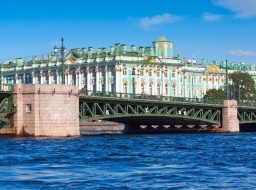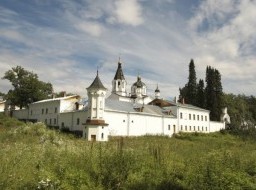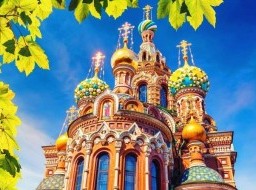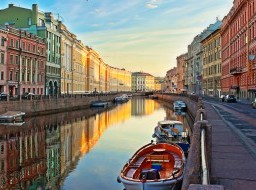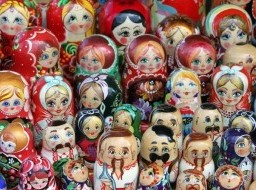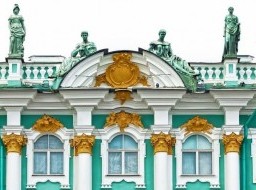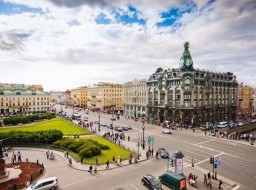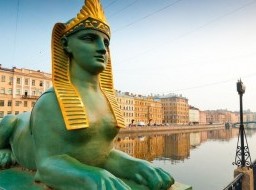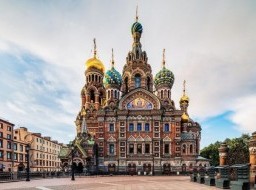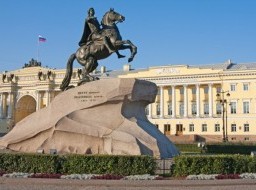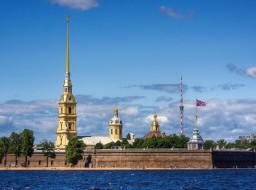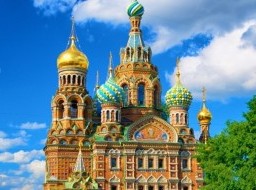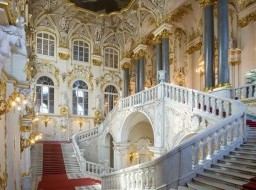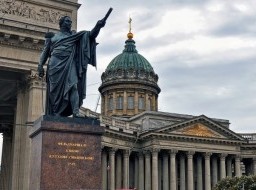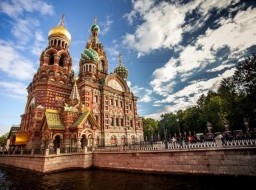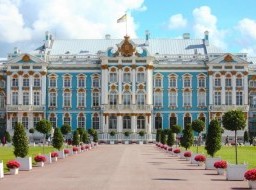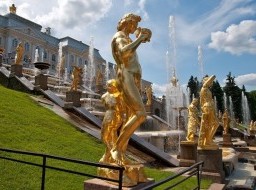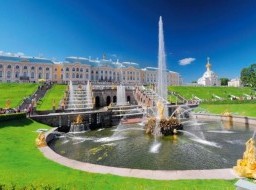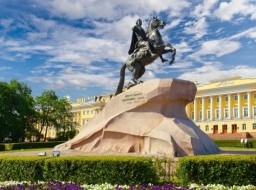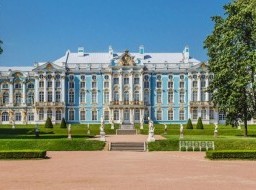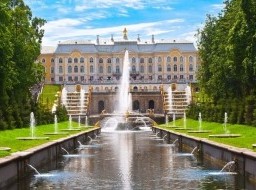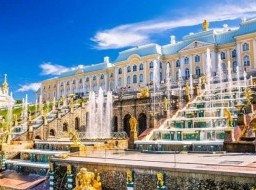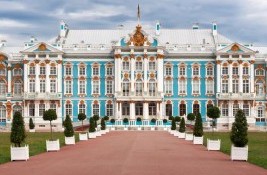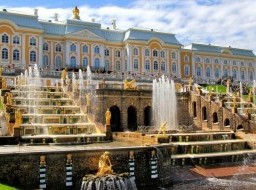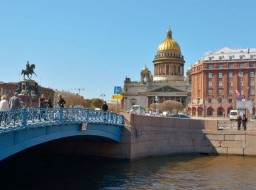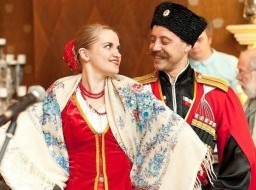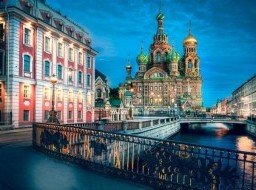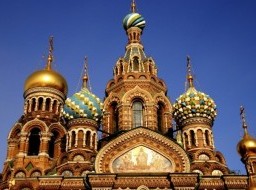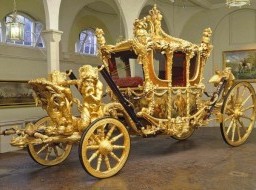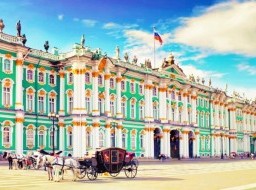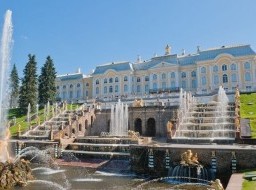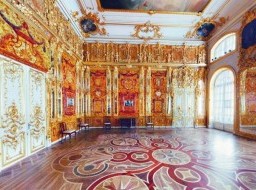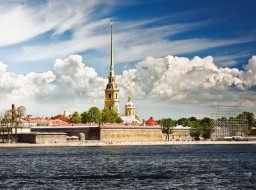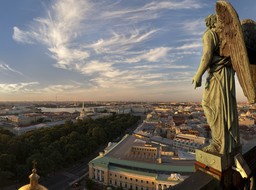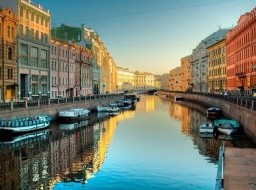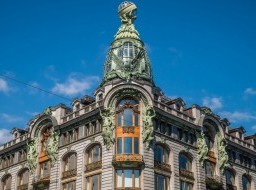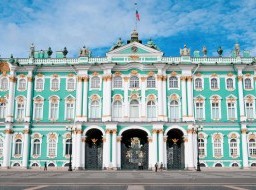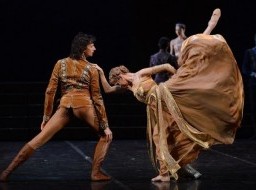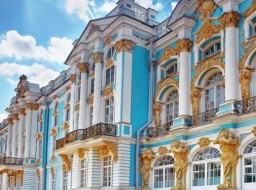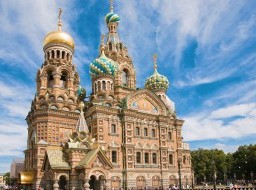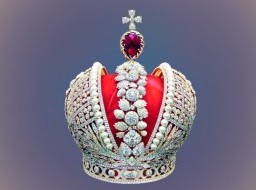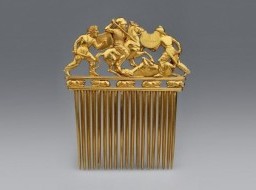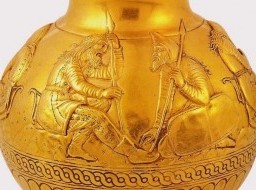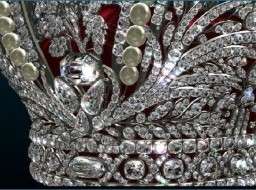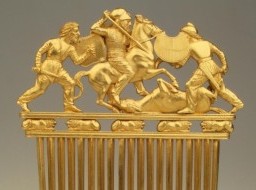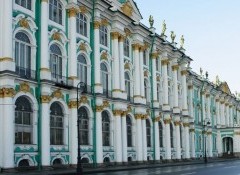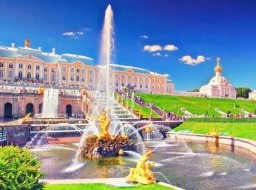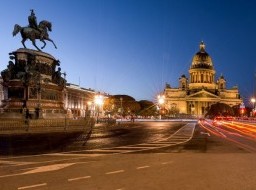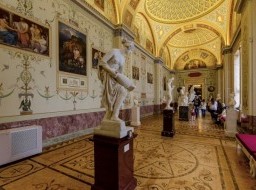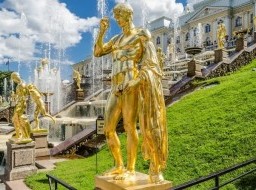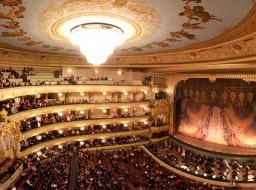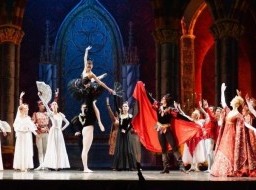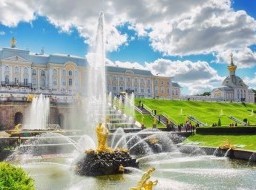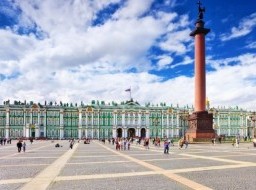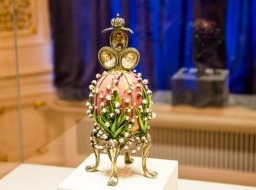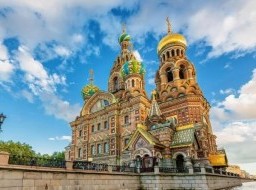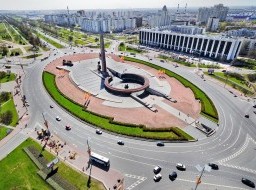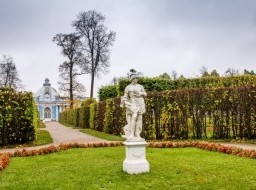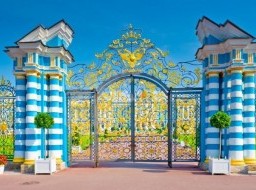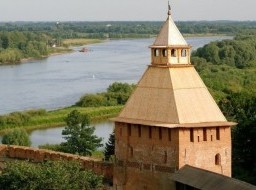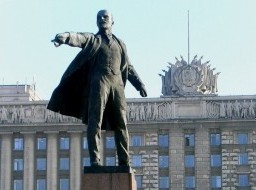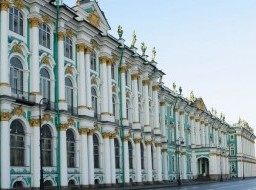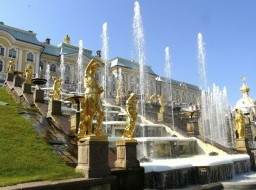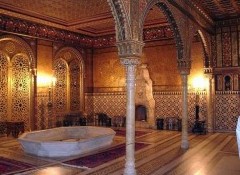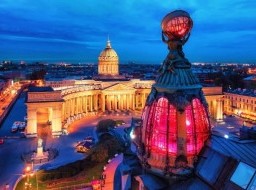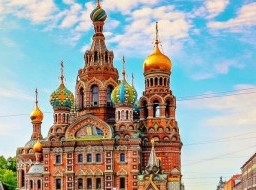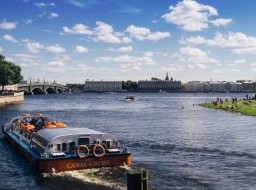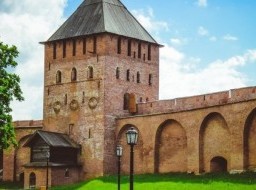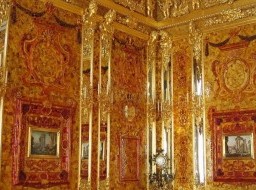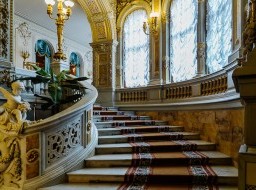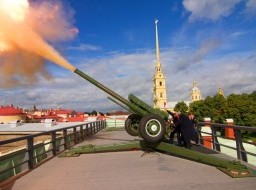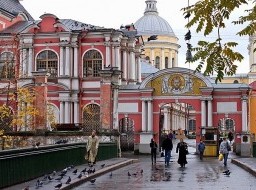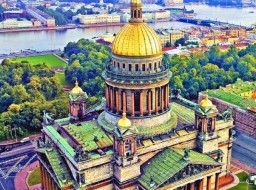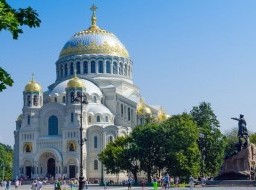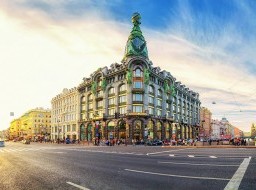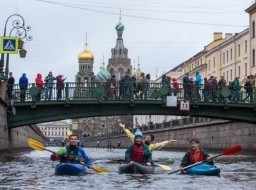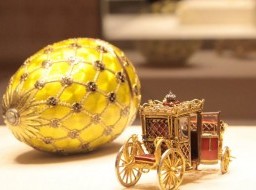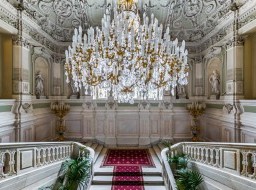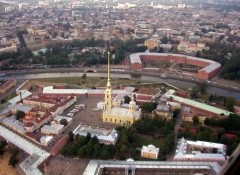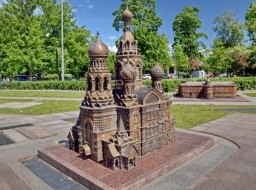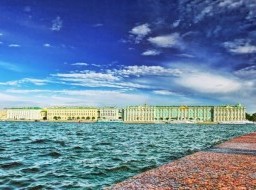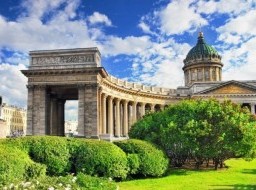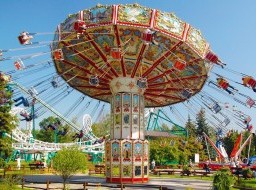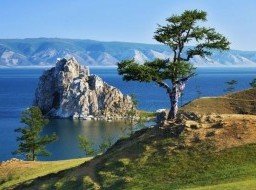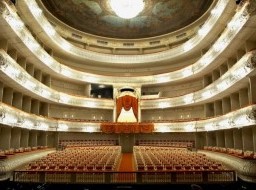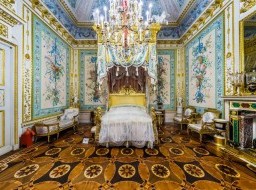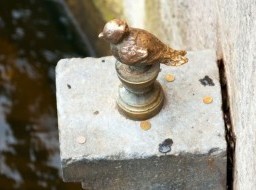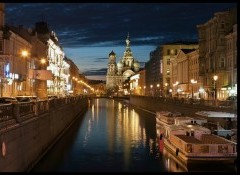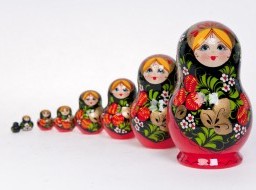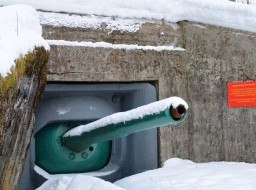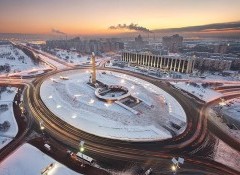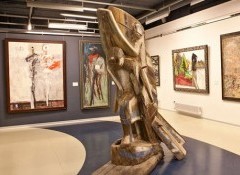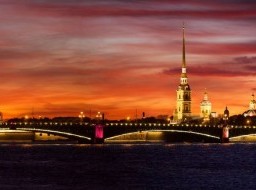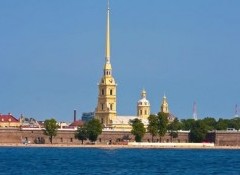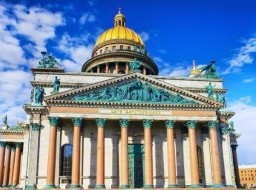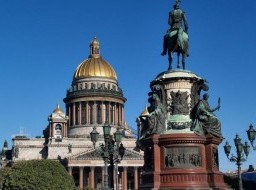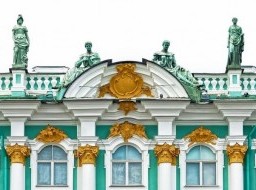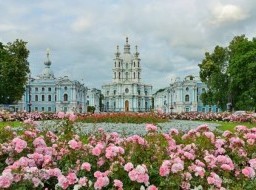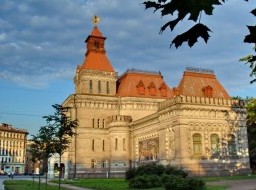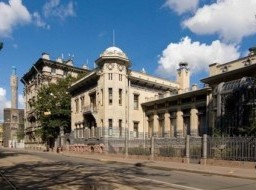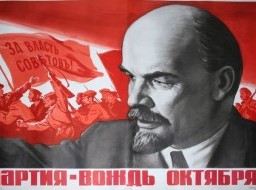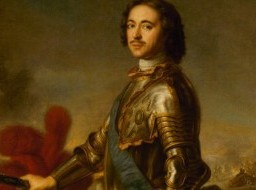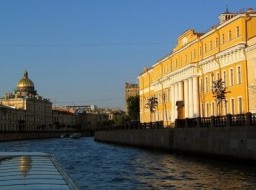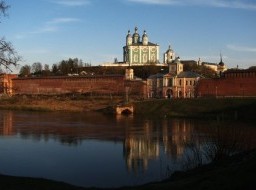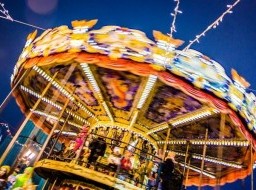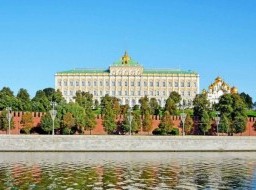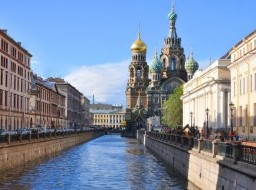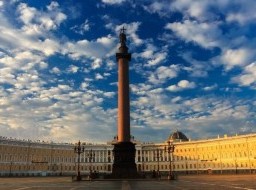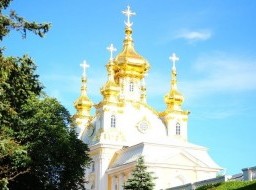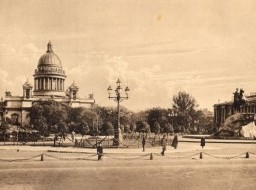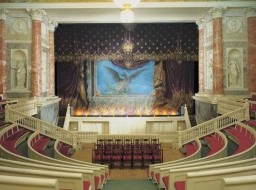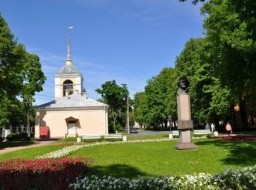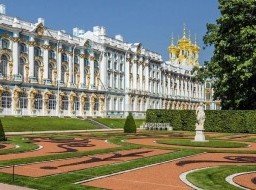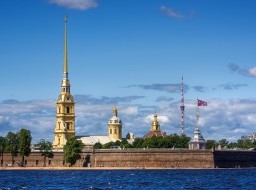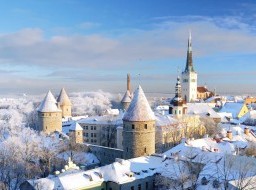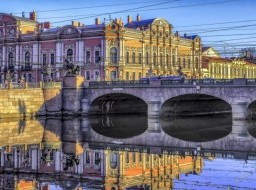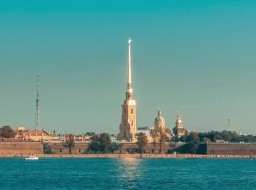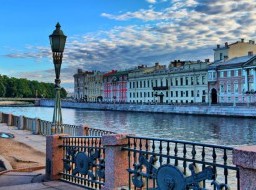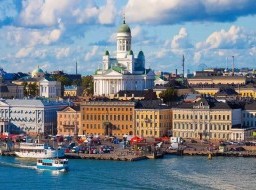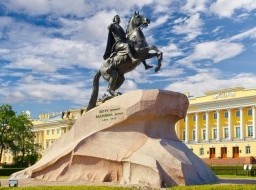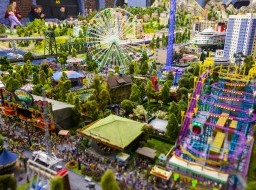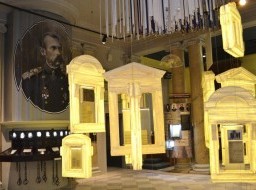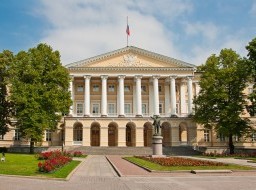Bronze Horseman (Senate square)
The most famous statue of Peter the Great was immortalised as the Bronze Horseman in the epic poem by Alexander Pushkin. With his horse (representing Russia) rearing above the snake of treason, Peter's enormous statue was sculpted over 12 years for Catherine the Great by Frenchman Etienne Falconet. Its inscription reads 'To Peter I from Catherine II – 1782'. The Bronze Horseman, an impressive monument to the founder of St Petersburg, Peter the Great, stands on Senatskaia Ploschad' (Square), facing the Neva River and surrounded by the Admiralty, St Isaac's Cathedral and the buildings of the former Senate and Synod - the civil and religious governing bodies of pre-revolutionary Russia. It's tradition for local newlyweds to be photographed here after their weddings, so expect to see plenty of jolly wedding parties. The name comes from a poem of the same the name by Aleksander Pushkin, which is widely considered one of the most significant works of Russian literature. The statue is now one of the symbols of Saint Petersburg, in much the same way that the Statue of Liberty is a symbol of New York City (both were designed and built by French artists). The Bronze Horseman was created by the French sculptor Étienne Maurice Falconet. The statue's pedestal is the enormous Thunder Stone, the largest stone ever moved by man. The stone originally weighed about 1500 tonnes, and was carved down to 1250 during transportation to its current site. Catherine the Great, a German princess who married into the Romanov line, was anxious to connect herself to Peter the Great to gain legitimacy in the eyes of the people. She ordered its construction. It was her expression of her admiration for her predecessor and her view of her own place in the line of great Russian rulers. Having gained her position through a palace coup, Catherine had no legal claim to the throne and wanted to represent herself as Peter's rightful heir. The tsar's face is the work of the young Marie-Anne Collot. She had accompanied Falconet as an apprentice on his trip to Russia in 1766. She modelled Peter the Great's face on his death mask and numerous portraits she found in Saint Petersburg. The statue portrays Peter the Great sitting heroically on his horse, his outstretched arm pointing towards the River Neva in the west. The sculptor wished to capture the exact moment of his horse rearing at the edge of a dramatic cliff. His horse can be seen trampling a serpent, variously interpreted to represent treachery, evil, or the enemies of Peter and his reforms. The statue itself is about 6 m (20 feet) tall, while the pedestal is another 7 m (25 feet) tall, for a total of approximately 13 m (45 feet). For the pedestal, an enormous boulder known as the Thunder Stone was found at Lakhta, 6 km (3.7 mi) inland from the Gulf of Finland. The Thunder Stone gained its name from a local legend that thunder split a piece off the stone. Falconet wanted to work on shaping the stone in its original location, but Catherine ordered it be moved before being cut. As it was embedded to half its depth in the ground and the area was marshy terrain, the Russians had to develop new methods to dig up and transport the colossal stone. Marinos Carburis, a Greek from the Island of Kefallonia and serving as lieutenant-colonel in the Russian Army, offered to undertake the project. Carburis directed workmen to wait for winter, when the ground was frozen, and then had them drag the large stone over the frozen ground to the sea for shipment and transport to the city. He developed a metallic sledge that slid over bronze spheres about 13.5 cm (6 inches) in diameter, over a track. The process worked in a way similar to the later invention of ball bearings. Making the feat even more impressive was that the labour was done entirely by humans; no animals or machines were used in bringing the stone from the original site to the Senate Square. After Carburis devised the method, it took 400 men nine months to move the stone, during which time master stonecutters continuously shaped the enormous granite monolith. A 19th-century legend states that while the Bronze Horseman stands in the middle of Saint Petersburg, enemy forces would not be able to conquer the city. During the 900-day Siege of Leningrad by the invading Germans during the Second World War (Leningrad being the city's name from 1924–1991), the statue was covered with sandbags and a wooden shelter. Thus protected it survived 900 days of bombing and artillery virtually untouched. True to the legend, Leningrad was never taken. |
|
